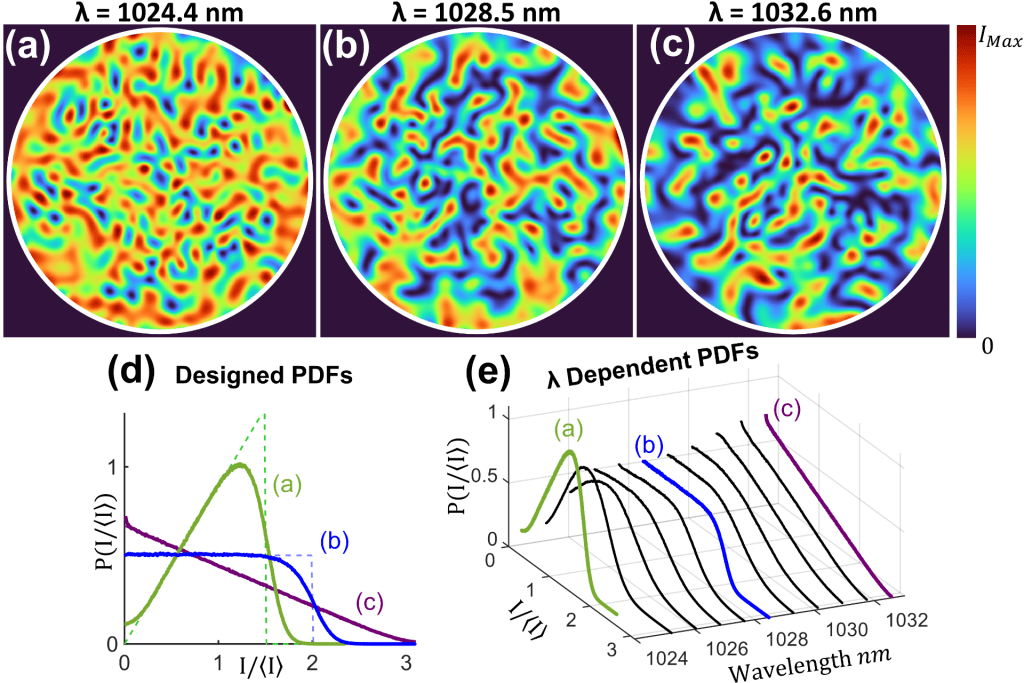Congratulations to Dr. Yishai Eisenberg’s graduation.

Congratulations to Dr. Yishai Eisenberg’s graduation.

Frank with Hanzhang Pei (M. Eng 2015) at Photonics West

Frank participated in the OSA Incubator on Spatiotemporal Structuring of Light.

Congratulations to Dr. Henry Haig’s graduation.

Raman scattering is an important physical phenomenon that enables wavelength conversion beyond what can be achieved with natural materials, nonlocal interactions between pulses for material examinations, and so on. However, it hasn’t been well-studied. In particular, there is no a single theory that can cover various temporal regimes for ultrashort pulse applications. Here, we develop a theory to comprehensively study the Raman scattering, which also make connections of several physical phenomena across different regimes that were used to be treated as different phenomena. This theory constitutes a fundamental yet crucial cornerstone of Raman theory.
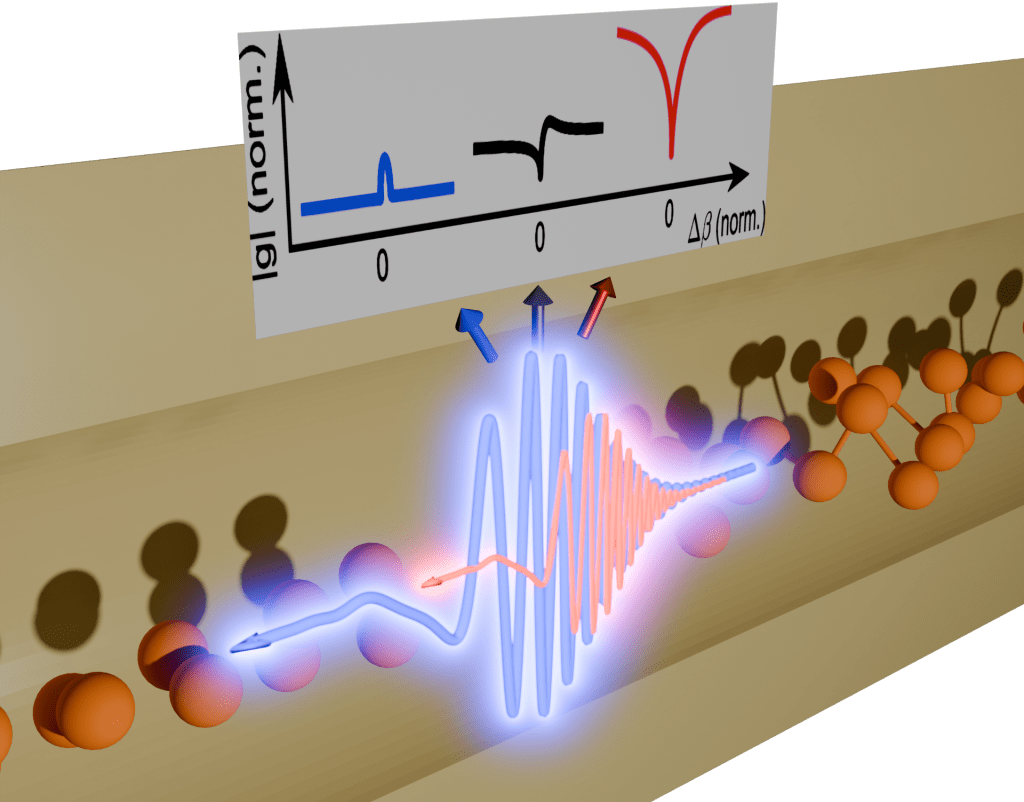
Congratulations for Yi-Hao’s recent article “Unified and vector theory of Raman scattering in gas-filled hollow-core fiber across temporal regimes” being featured on the cover of APP‘s March 2024 issue.
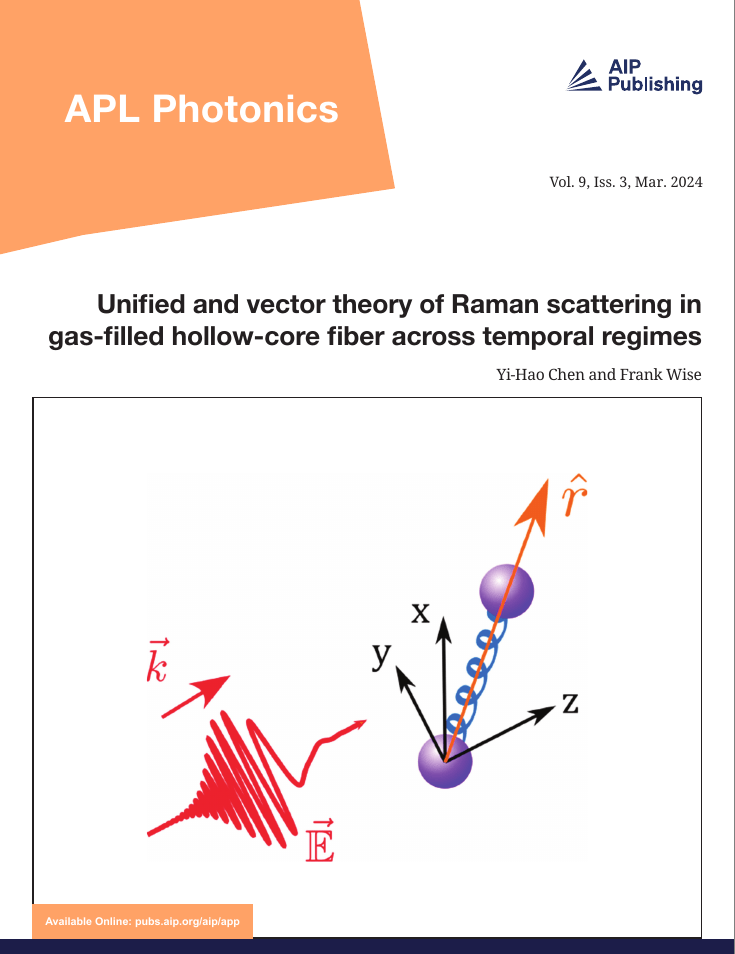
The peak power performance of ultrafast fiber lasers scales with fiber mode area, but large fibers host multiple modes that are difficult to control. We demonstrate a technique for single-mode operation of highly multimode fiber based on regenerative amplification. This results in a short-pulse fiber source with, to our knowledge, an unprecedented combination of features: high gain (>55 dB) with negligible amplified spontaneous emission, high pulse energy (>50 µJ), good beam quality (𝑀2≤1.3), and transform-limited (300 fs) pulses from a single amplification stage. We discuss peak intensity scaling to much higher levels and other opportunities for short-pulse generation in regenerative fiber amplifiers.
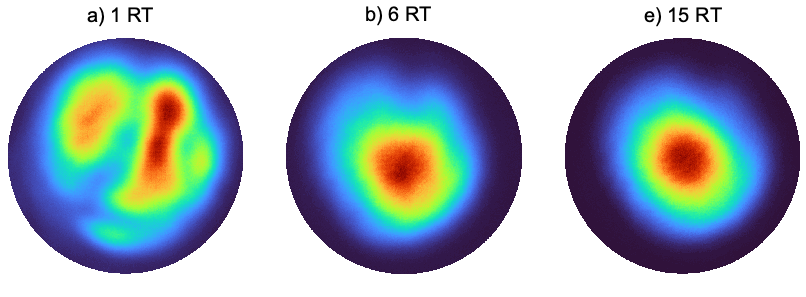
Congratulations to Dr. Yi-Hao Chen and Yuhang Wu’s graduation.
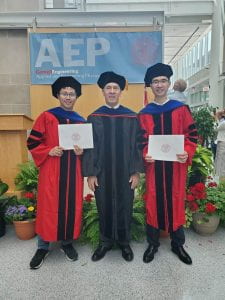
Congratulations for Yuhang and Nick’s recent article “Highly multimode solitons in step-index optical fiber” being featured on the cover of APP‘s September 2023 issue.
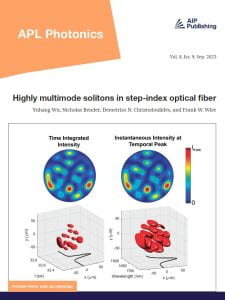
Speckle patterns are used in a broad range of applications including microscopy, imaging, and light–matter interactions. Tailoring speckles’ statistics can dramatically enhance their performance in applications. We present an experimental technique for customizing the spatio-spectral speckled intensity statistics of optical pulses at the output of a complex medium (a disordered multimode fiber) by controlling the spatial profile of the input light. We demonstrate that it is possible to create ensembles of independent speckle patterns with arbitrary statistics at a single wavelength, simultaneously at multiple decorrelated wavelengths, and even tailored statistics across an entire pulse spectrum.
